What is Ethiopia's native coffee? What kind of coffee is Ethiopian Heirloom beans?
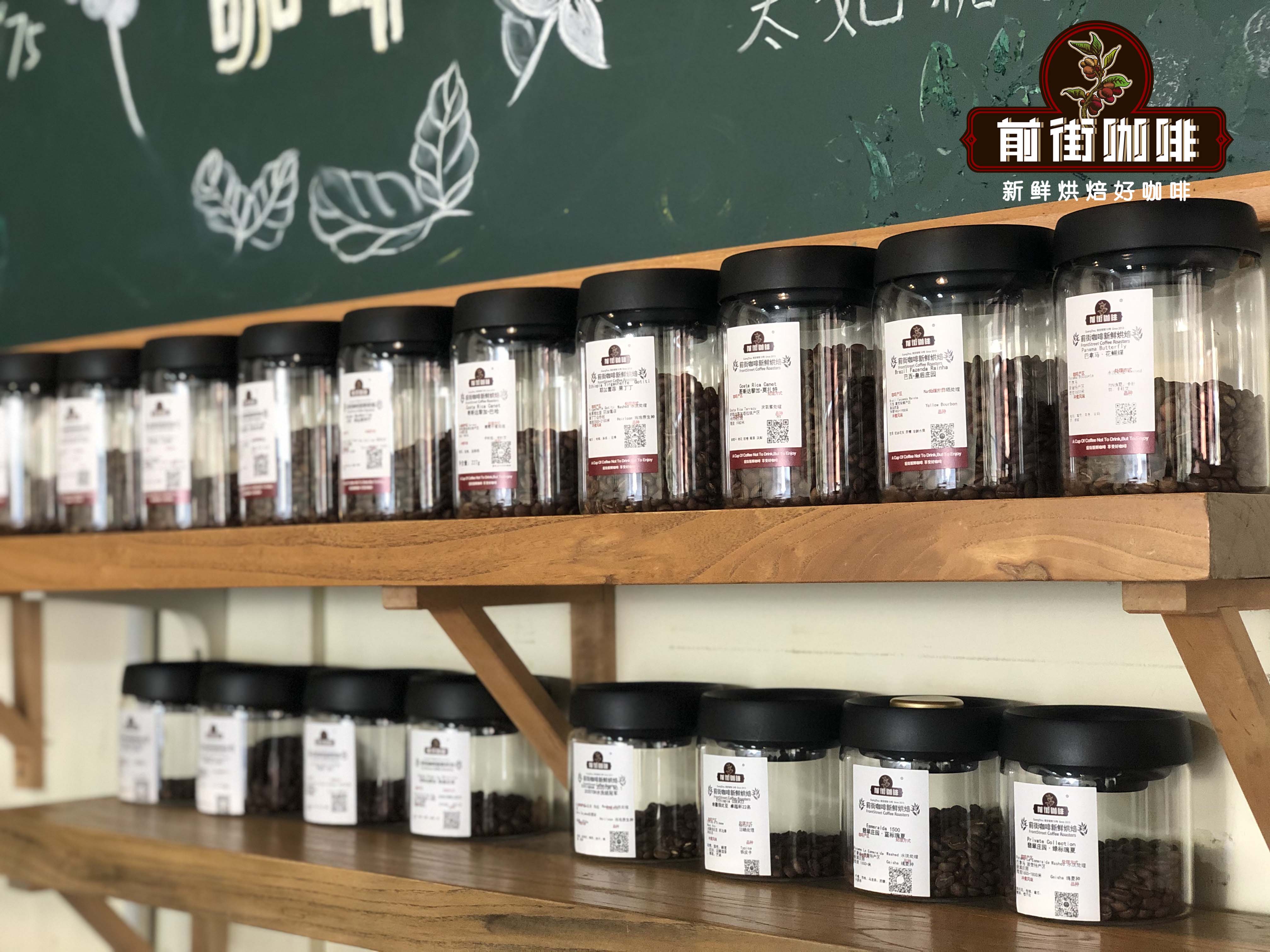
Qianjie Coffee has many coffee beans from Ethiopia, which are often marked as Heirloom native species and sometimes translated into family heirlooms. Qianjie Coffee whether in the store or on Tmall will receive a lot of guests' questions about the original species, what is the original species? Native species are often used to describe Ethiopian coffee, but this is not very accurate, today let Qianjie Coffee to talk to you about the original species. The true meaning of original species people who often drink Ethiopian coffee should have heard of Heirloom native species, most Ethiopian varieties will be named after this name, in fact, because there are so many Ethiopian varieties, it is like the natural gene bank of Arabica, on the one hand, there are many varieties, it is difficult to identify and classify, on the other hand, the Ethiopian government is not willing to disclose these species information for the sake of protection. So it is collectively called the original species of Heirloom. The word "native species" refers to the ancient varieties of plants that were originally planted to be eaten, while some people define a variety that takes more than 100 years to be called a native species, while others say 50 years. Then some people define varieties that existed before 1945 as native species, about the time when hybrids began to emerge, or in 1951, when hybrids became more widespread.
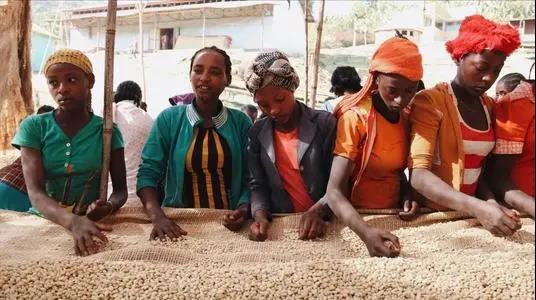
In the coffee industry, you will find that the term native species applies to varieties introduced in South America and Asia more than a hundred years ago, as well as to many coffee varieties in Africa, especially those from Ethiopia. The emergence of the word "native species" occurred after the start of the boutique coffee movement. At that time, buyers of boutique coffee, which could not tell the difference between Tibica and bourbon, would collectively refer to all these unknown varieties as native species. Ethiopian coffee producers use different names to distinguish different coffee plants. they usually use local words instead of globally recognized scientific names for these varieties. They may also use some characteristics of native coffee trees to refer to a variety of coffee trees. Boutique coffee buyers will distinguish Ethiopian coffee by producing area, altitude and cup score, rather than by variety.
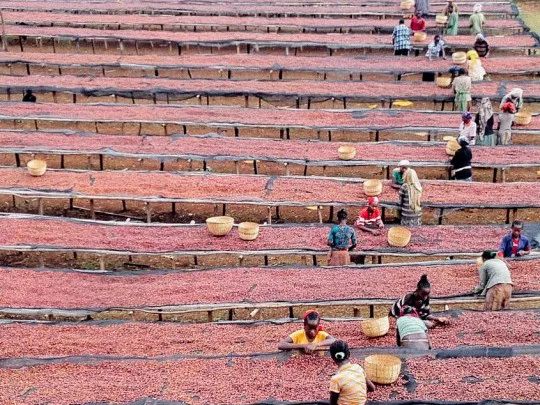
In a broad sense, Ethiopian coffee varieties can be divided into two categories: JARC varieties and regional local varieties. The JARC variety is paired by the Jima Agricultural Research Center, an institution of the Ethiopian Federal Agricultural Research Center, which is set up to study pest resistance and increase yield. There are about 40 varieties in it. Regional local varieties are wild species grown in the wild in Ethiopia, and these wild species may have more than 10,000 species. This means that when consumers buy a bag of Ethiopian coffee and see the bean bag marked with native species, the coffee may be a combination of more than 10,000 varieties. Ethiopia Ethiopia location: East African Capital: Adis Abba Addis Ababa Religion: Christian main language: Amharic time Zone: GMT+3 Metrology: metric (Metric) currency: bill Birr (1 $≈ 20 birr) Agricultural products (export): coffee, flowers, sesame are the main cash crops export port: Djibouti Port (Djibouti) Now the main export ports) average annual temperature: 15-20c in highland and 25-30c in lowland. Average annual rainfall: 1000-2000 mm soil: 50% volcanic soil (volcanic)-25% sedimentary soil (sedimentary)-25% other
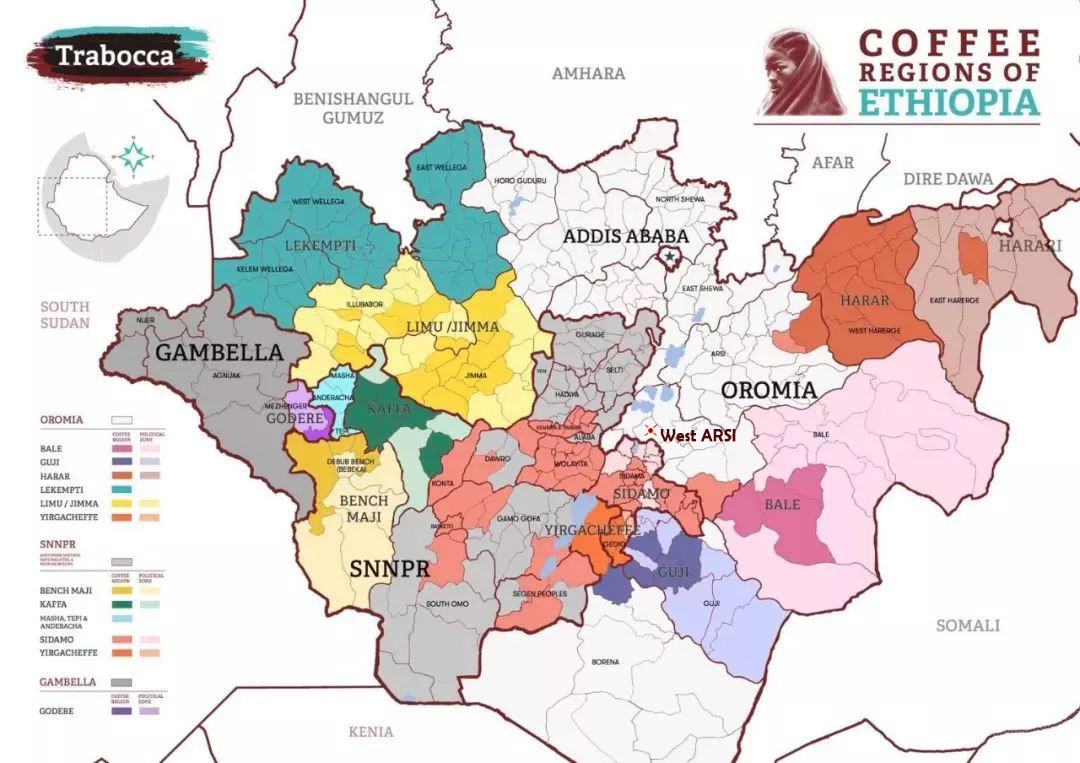
Ethiopia is a country full of wonders, where all the Arabica coffee we drink comes from. The recorded historical evidence of coffee in Ethiopia can be traced back to the 4th-5th century AD, when coffee spread to Yemen in the Arabian Peninsula as people fought and migrated because of the inter-ethnic war. later, with the rise of the Ottoman Empire and the spread of Islam, Europe began to have cafes and the gradual formation of cafe culture, and then coffee was grown in Central America and India in Asia. Indonesia began to grow coffee commercially on a large scale, and it took hundreds of years for us to reach the third wave of boutique coffee. Why are Ethiopian coffee beans always big and small? If you are very fond of African beans, it should be easy to find that Ethiopian beans are generally of different sizes and have significantly lower evenness than those in Kenya. Whether it is Yega Xuefei or Sidamo, whether it is washing or sunlight, sometimes the same batch of coffee beans can be seen to be significantly different in baking color and particle size. First, coffee beans vary in size due to a wide variety and centralized processing. First, let's learn how coffee is grown and picked in Ethiopia. Nearly 2000 coffee varieties have been recorded in Ethiopia, including 1927 native varieties and 128 imported varieties. So just by looking at the appearance, Esther's coffee variety is "Grand View Garden", which has everything, long, short, thin, fat. Long particles: there are long particles in all coffee growing areas in Ethiopia. From the actual proportion, there are more long particles in the western Jimma, including Limmu and Kaffa, and less in sidama (Sidamo) or yirgacheffe (Yega Chuefei). Small particle species: the appearance is relatively round, the bean body is very small, mostly between 14-15 mesh, this variety should be the most familiar to us, in Sidamo and Yegashiri can often see their figure, I have also seen in a harrar sample, also seen in Jimma local sales of coffee raw beans, compared to other regions, sidama and yigracheffe and surrounding arsi, guji have more native varieties of this small particles.
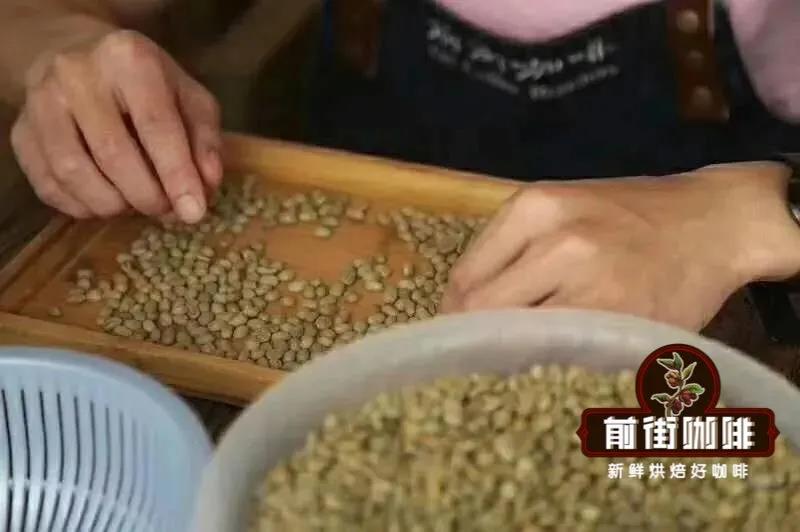
Second, in addition to the wide variety of coffee, the way coffee is grown also affects the variety mix of Ethiopian coffee beans. Since Ethiopia changed the administrative division around 1995, the greatest impact on the coffee area is that the original Sidamo Sidamo province was divided into the new Sidamo Sidama (the original minority), and most of it was classified into the Oromia Oromia state. And Yega Chuefei, who once belonged to Sidamo province, is now included in the new Gaio district Gedeo. Ethiopia's coffee cultivation is mainly in the western and southern region, and small farmers account for 90% of the total. Nearly 1.2 million of small farmers make a living by growing coffee, with an average planting area of less than 4 hectares, an average altitude of 1000-2300 meters, a planting density of 1000-1800 coffee trees per hectare, and a yield of nearly 600kg per hectare. Ethiopia's coffee cultivation is divided according to size and model: forest coffee forest coffee (8-10%), coffee trees and other crops coexist in the pristine forest, without any artificial care, farmers will pick coffee fruits regularly. Forest-semi-forest coffee semi-forest coffee (30-35%), the planting area of coffee trees is between the forest and the living areas of farmers, coffee trees are naturally produced varieties like forest coffee, farmers will manage the coffee planting areas and grow other cash crops. Rural coffee garden coffee (50-55%), coffee trees are planted around farmers' living areas, and most of them are grown by farmers themselves. Plantation coffee plantation coffee (5-6%), a large private grower, has more treatment facilities and production capacity.
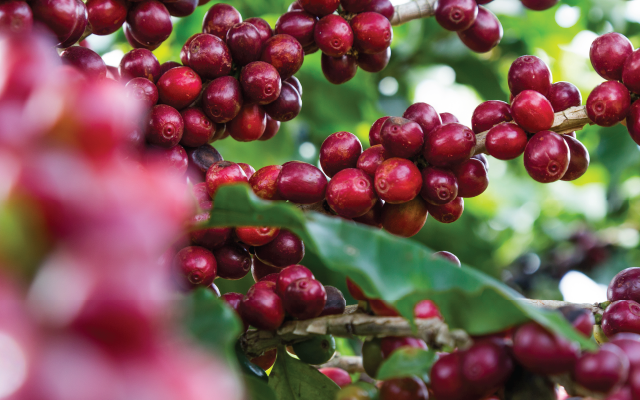
Most of the coffee cultivation in Sidamo and Yega Xuefei belongs to the pastoral coffee model, in which coffee farmers plant coffee trees near their living areas and harvest them during the harvest season. it is then sent to a nearby treatment plant built on water for unified treatment (or purchased by a middleman). In addition to a small number of plantations that have the strength to grow, pick and handle raw coffee beans independently, many coffee beans from different regions and varieties will be centrally processed by the processing plant and then sent to the auction house for official evaluation and grading. This is one of the reasons why many Ethiopian coffee beans are named after processing plants or cooperatives, and it is also one of the reasons why the same batch of coffee beans are mixed with multiple coffee varieties. even the flavor of different batches of coffee beans produced by the same treatment plant will be significantly different. Before the emergence of the raw bean grading system in Ethiopia (Ethiopia Commodity Exchange referred to as ECX), Ethiopia's coffee export grade was established by the CLU department (Cupping and Liquoring Unit) under the Ministry of Agriculture, which mainly graded coffee raw beans according to the number of defective beans in 300g, as shown in the table below. General washing treatment is G1-G2, due to the technical problems of sun treatment at that time, the number of defects of raw sun beans is relatively large, generally G3-G5, with the improvement of sun treatment technology, now the sun beans can also reach the G1-G2 level.
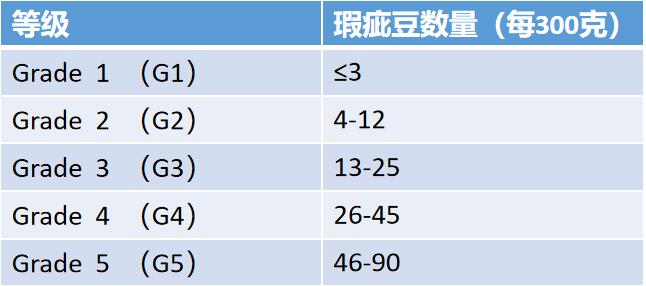
Among them, boutique and commerce are aimed at the export international market. ECX divides coffee raw beans into nine grades according to the total score of physical attribute characteristics and cup test flavor characteristics, of which the physical feature score accounts for 40% and the cup test mass score accounts for 60%. Physical characteristics (40%): washing treatment: number of defects (20%), appearance size (10%), color (5%), odor (5%) non-washing treatment: number of defects (30%), odor (10%)
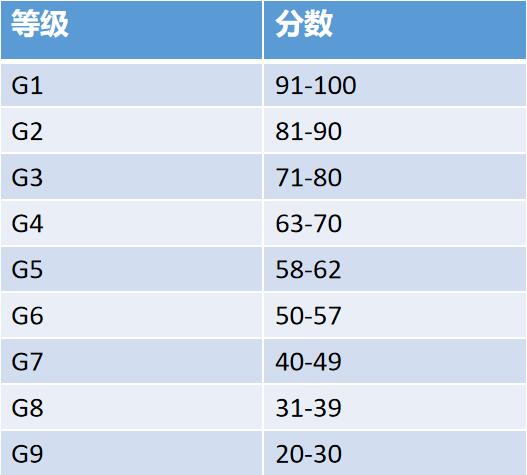
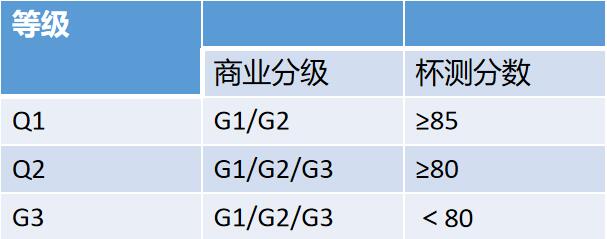
Then, the G1-G3 was tested again according to the SCAA standard, and its flavor properties were evaluated in more detail, and the G1 and G2 with no less than 85 points were rated as Q1; the G1 and G2 G3 between 80 and 85 were rated as Q2; all G1 G2 G3 with less than 80 points were rated as G3; Q1 and Q2 were classified as boutique grade export. G4-G9 remains unchanged and is classified as commercial grade export together with G3. Is there any difference in flavor between large particles and small particles in Ethiopian coffee beans? In order to verify this problem, two sets of Qianjie coffee are directly selected for comparison. Take the former Street West Damo Alsi (sunburn) as an example, the distribution selects coffee beans with obvious differences in size, using the same cooking parameters and techniques, many people blindly test to determine whether there is a difference between the flavor of large particles and small particles.
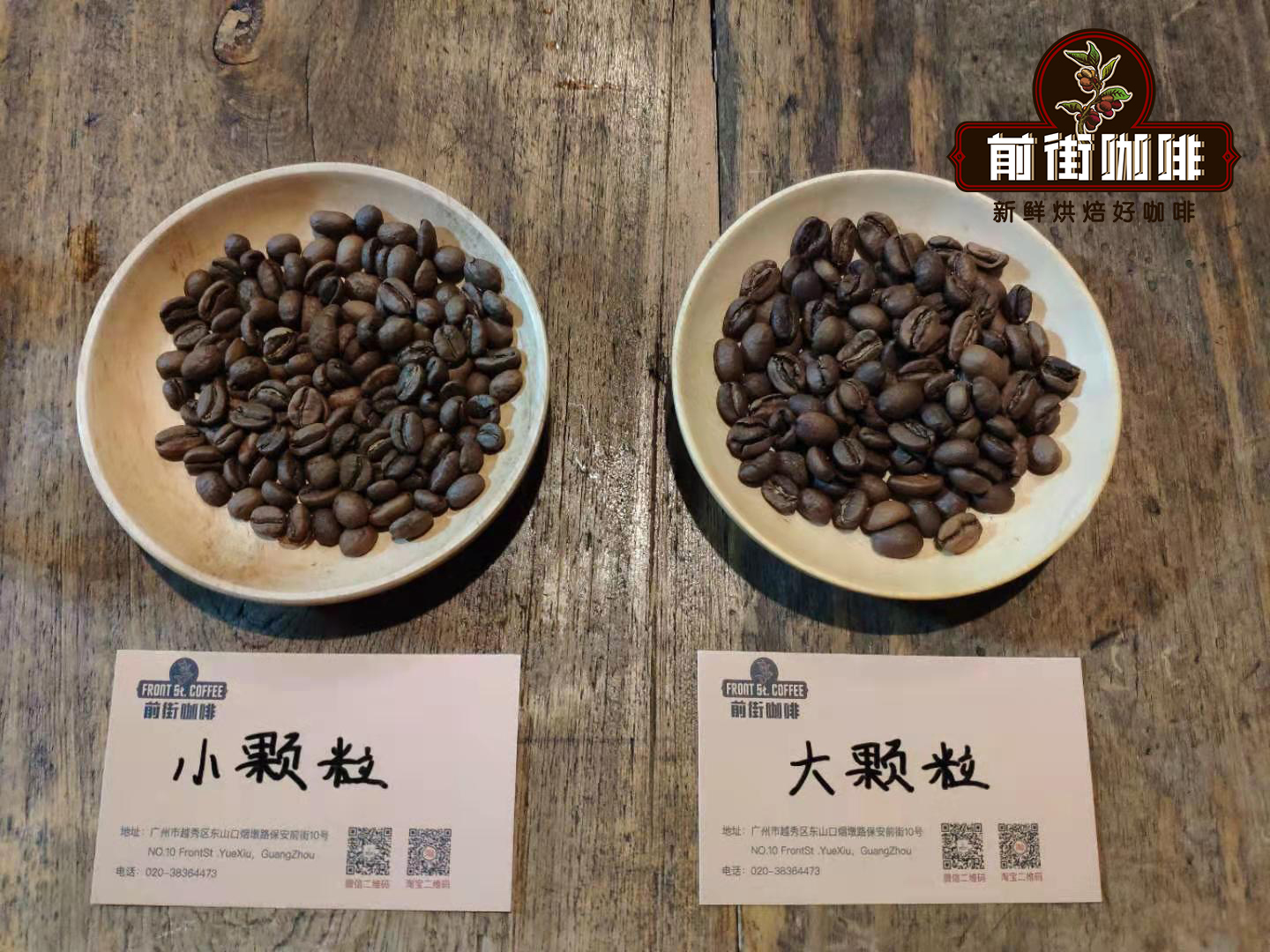
Qianjie coffee Sidamo Arsi area, Ethiopia: Sidamo West Alsi producing area altitude: 1900-2200m varieties: original species treatment: solarization
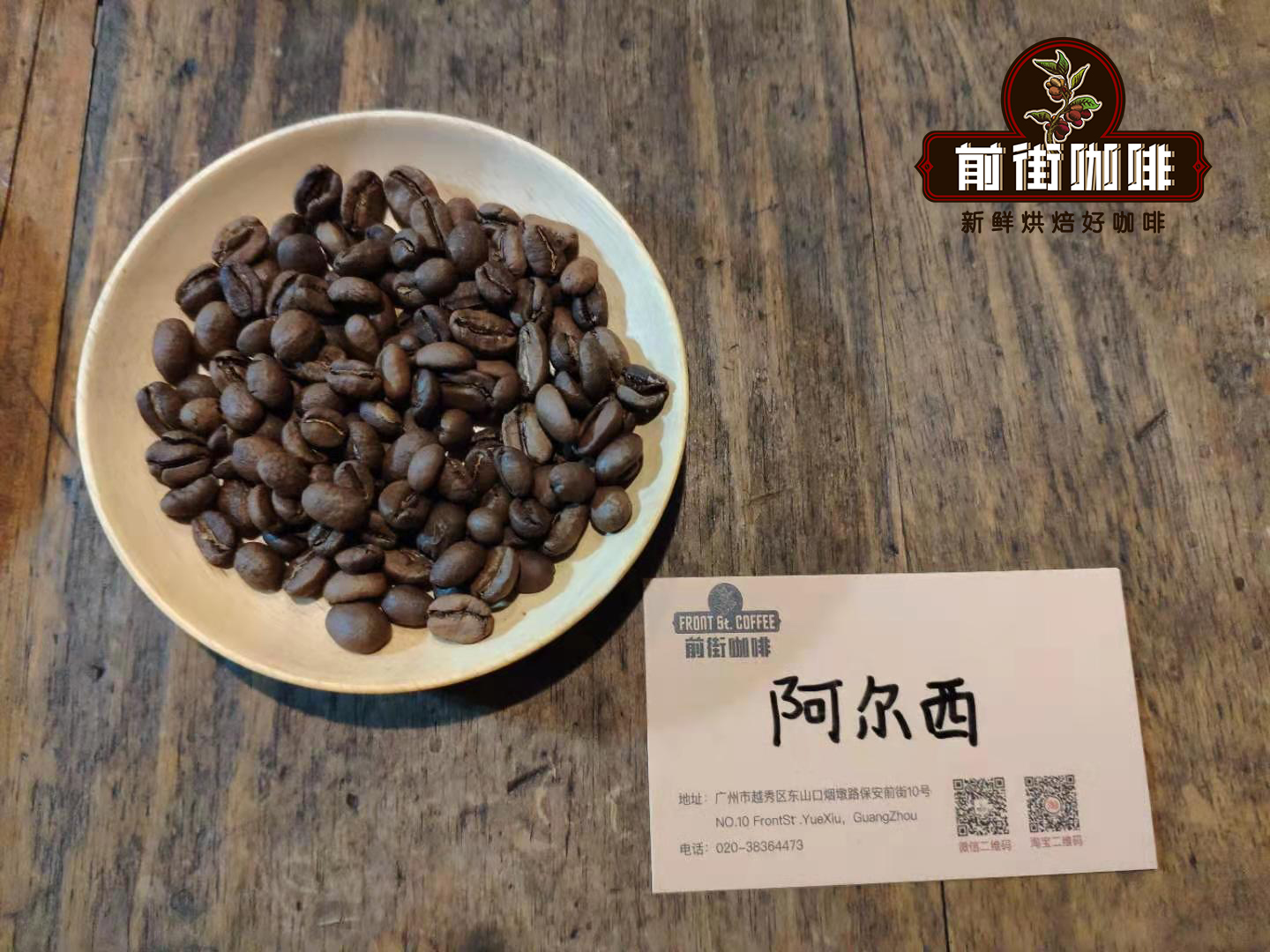
Cooking parameters: 15g grinding degree: normal hand grinding (pass rate 78% of standard sieve 20) Water temperature: 90 ℃ ratio of powder to water: 1:15 cooking method
1. The first stage is filled with 30 grams of water and steamed for 30 seconds.
two。 At the end of steaming, the second section of water is injected, and 100 grams of water is injected outward in a circle in the center. This paragraph of water injection can be injected slowly, Rosa coffee is very extractable, it takes a certain amount of water injection time to flush out its aroma. Wait for the water level to drop to half after water injection.
3. When the powder bed is about to be exposed, 95 grams of water is injected into the third stage, with a total water injection of 225 grams. Wait for the coffee to be filtered and remove the filter cup.
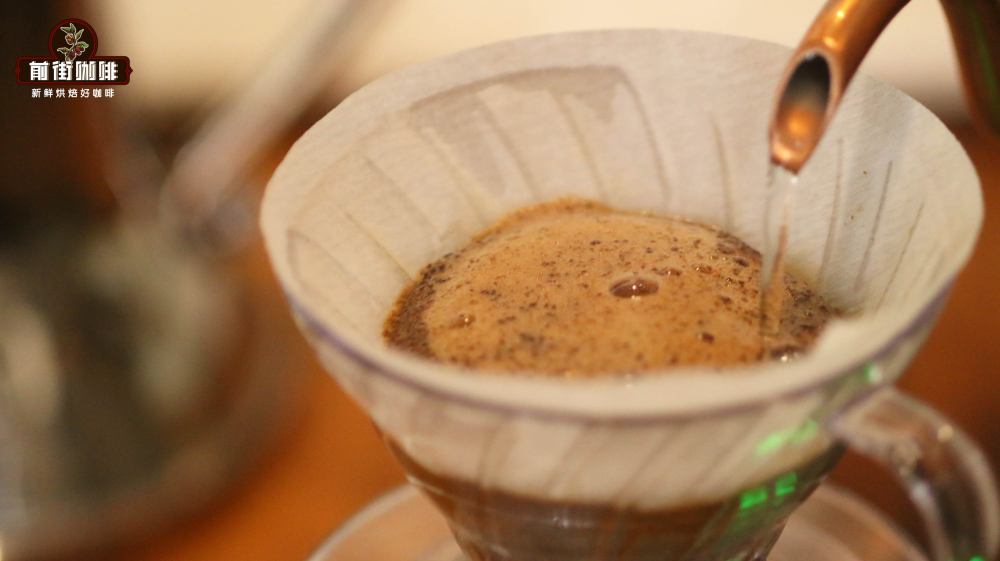
After flavor comparison, Qianjie coffee blind test obviously felt the small particles of sun Arsi, in the flavor of sweet, while the large particles of sun Arsi, the contrast is obviously sour. In terms of flavor hierarchy and richness, both of them are thinner than the normal state (mixing), while the acidity of coffee beans with large particles is believed to be due to the low degree of roasting and shallow particles. In fact, whether Ethiopia or Brazil or Indonesia, these coffee producing areas with defect rate as the grading system, there will be a significant imbalance in the particle size of coffee beans, especially after roasting. Different coffee varieties have different roasting expansion rates, which enlarges the differences between coffee bean particles. However, it is the uneven particle size that causes a slight difference in the degree of baking, which also makes the coffee more hierarchical and rich. Therefore, do not adhere to too superficial differences, there is loss, there is gain, the mix of varieties and uneven particle size is the reason for the rich flavor and colorful aroma of Ethiopian coffee. Finally, people with obsessive-compulsive disorder can try other single coffee beans with a uniform variety of sieve grades, such as Kenya and Colombia.

Coffee flavor characteristics Ethiopia mainly has nine major coffee producing areas, of which the boutique coffee producing areas are Sidamo, Yejasuefei, Hara and so on. Ethiopia mainly uses the method of sun treatment, which is also called natural treatment, which selects the ripe fruit and spreads it out directly until the moisture content reaches about 12%, and then peels and peels off the flesh. This treatment makes Ethiopian coffee beans have attractive fruity aromas and fermented sensations, with clear acidity of berries and citrus. In fact, in view of the flavor characteristics of Ethiopian coffee beans, the coffee industry is mostly distinguished by producing areas, elevations and treatments, rather than by coffee bean varieties, which is related to the fact that there is no unified distinction between varieties in Ethiopia, so the varieties are all described in terms of Heirloom.
Professional coffee knowledge exchange more coffee bean information please follow the coffee workshop (Wechat official account cafe_style)
For more boutique coffee beans, please add private Qianjie coffee on Wechat. WeChat account: kaixinguoguo0925
Important Notice :
前街咖啡 FrontStreet Coffee has moved to new addredd:
FrontStreet Coffee Address: 315,Donghua East Road,GuangZhou
Tel:020 38364473
- Prev

How to choose the grindness of coffee beans for hand brewing coffee? The grade of the thickness of coffee powder
Hand-made coffee at this time the size of coffee grinding particles is very important, the particles are too thick, coffee soluble can not be well extracted; particles are too fine, coffee soluble excessive extraction, both cases will affect the taste of coffee in your hands. Of course, the factors that affect the flavor of coffee are not only the degree of grinding, which is a single variable, but also the origin and roasting degree of beans.
- Next
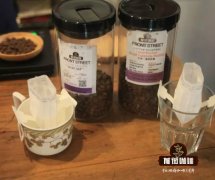
How should I brew coffee with hanging ears? What's the difference between brewing and hanging coffee?
Professional coffee knowledge exchange more coffee bean information Please follow the coffee workshop (Wechat official account cafe_style) often hear guests ask, how to make hanging-ear coffee? The editor has also seen that some people will choose to hang their ears on a higher cup to cook, so as not to soak them in the coffee liquid as far as possible, while others prefer to hang their ears in shorter cups.
Related
- Beginners will see the "Coffee pull flower" guide!
- What is the difference between ice blog purified milk and ordinary milk coffee?
- Why is the Philippines the largest producer of crops in Liberia?
- For coffee extraction, should the fine powder be retained?
- How does extracted espresso fill pressed powder? How much strength does it take to press the powder?
- How to make jasmine cold extract coffee? Is the jasmine + latte good?
- Will this little toy really make the coffee taste better? How does Lily Drip affect coffee extraction?
- Will the action of slapping the filter cup also affect coffee extraction?
- What's the difference between powder-to-water ratio and powder-to-liquid ratio?
- What is the Ethiopian local species? What does it have to do with Heirloom native species?

